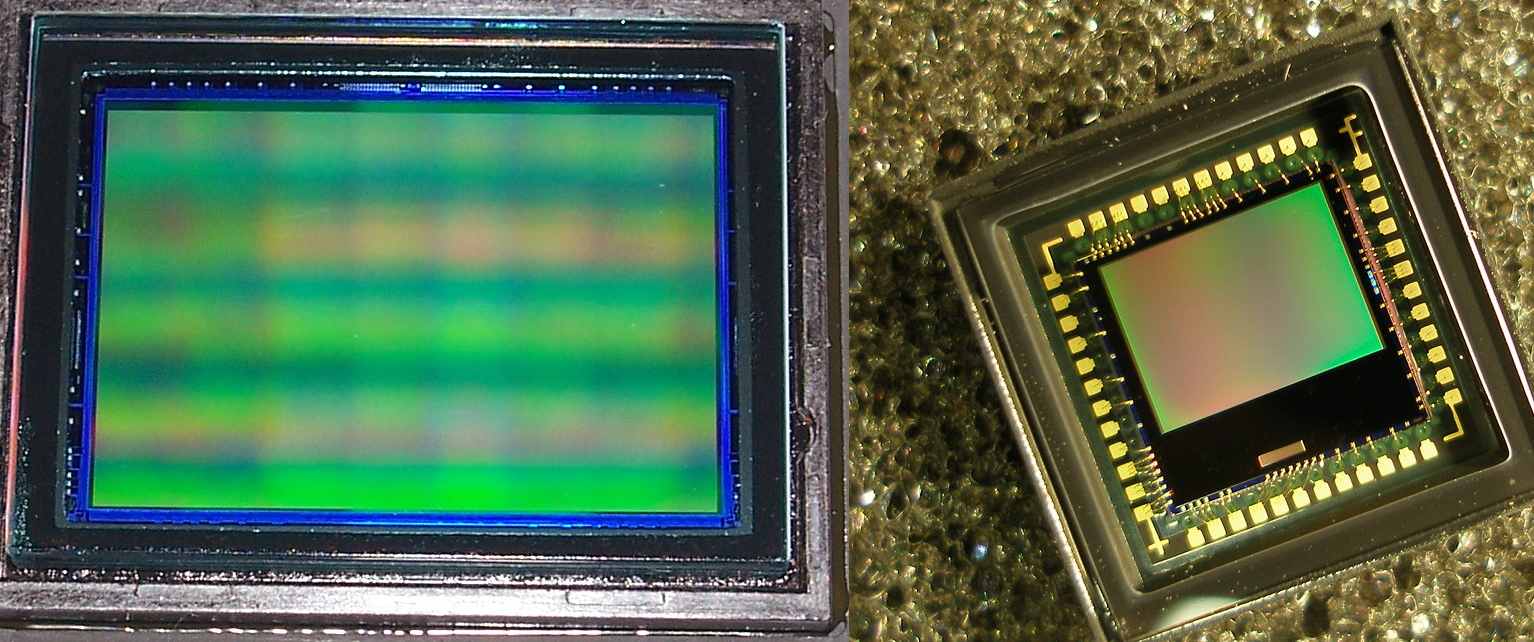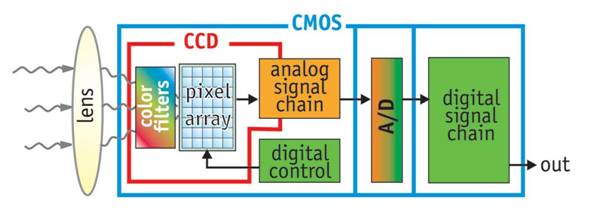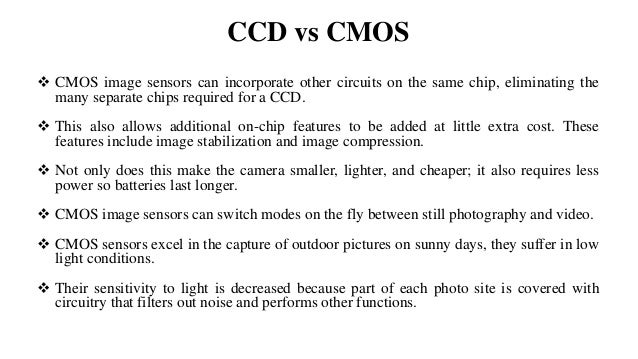

being masked for other functions, is also comparatively high. The proportion of each pixel dedicated to light gathering vs. This capability is useful for control of cameras in different imaging modes for multi-spectral imaging or binning.ĬCD advantages over CMOS are the sensors’ higher quantum efficiency (QE) and generally lower noise. This provides potentially huge advantages in specialized imaging where one might want to apply partial scanning or a particular control process to only a segment of the sensor. Toshiba Imaging’s IK-HD5 3CMOS 1080p HD Video Camera.Ī strong advantage for CMOS technology is that it provides digital output and can be controlled at the pixel level in ways that are not possible with CCDs. In a CCD sensor, light enters the photoreceptor and is stored as an electrical charge within the sensor, then converted to voltage, buffered, and sent out as an analog signal when the shutter is closed. The pixels typically don’t store any charge they simply read how much light is hitting that pixel at a particular moment and read out, progressively from top left to bottom right, line by line while the shutter is open. In a CMOS sensor, each pixel has a photoreceptor performing its own charge-to-voltage conversion and typically includes amplifiers, noise-correction, and digitization circuits, enabling the sensor to output digital data directly. Both use semiconductors to convert light into electrical signals.

For most applications CMOS provides the better choice but in others, CCD continues to hold its ground. Which is better - CCD (charge-coupled device) or CMOS (complementary metal-oxide semiconductor)? It depends, as there are advantages to both sensor technologies.


Is a 3-chip camera necessary or will a single chip camera suffice? What about sensor size, format, pixel size, and pixel density - how do these factors affect your image? This article will review and clarify key points to consider in camera selection to achieve the best outcome possible for your video application. Largely, these applications are based on dynamic, real-time, live viewing of the video image by people looking at a display and making decisions based on what they see coming from the camera. In 1-chip cameras, colored filters are placed on each pixel (Bayer filter shown) (right). In 3-chip cameras, dichroic prisms separate light between green, red, and blue wavelengths with dedicated sensors for each channel (left). How does one select the best HD video camera and imaging sensor for professional video in applications such as life sciences, surgical imaging, microscopy, industrial imaging, and specialized point-of-view broadcasting where physical camera size is important and exceptional color video characteristics are critical? Figure 1.


 0 kommentar(er)
0 kommentar(er)
